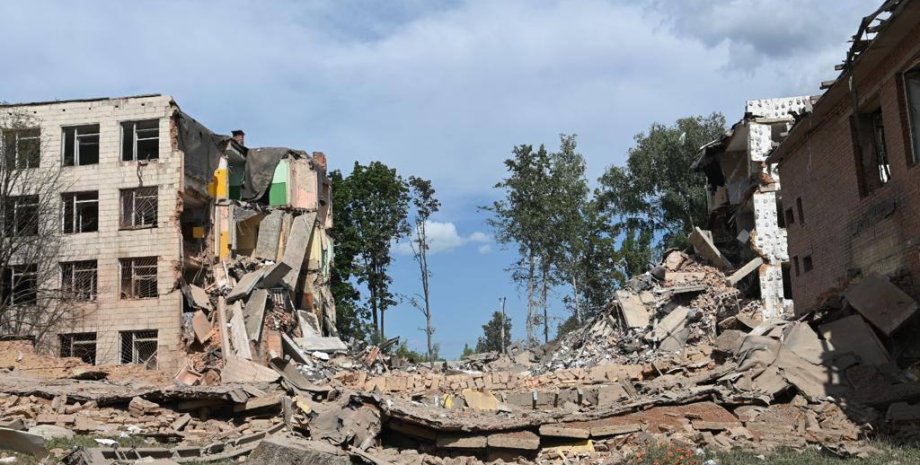
 By Natali Moss
By Natali Moss
The military specialist in the systems of the IEC and communication, the head of the Center of Radio Technology Sergey Flesh Beskrestnov, reported on July 24 that the reduction of staff mouths of land robotic complexes (NRCs) began in the defense of Ukraine. "The army has not been able to realize the importance of robots . . . The work is in the Armed Forces, but the military does not want to receive them and work with them for a number of reasons," Beskrestnov said.
He also reported that some units will continue to use land drones and update their park, "but in the scale of industry development it will be a step back. " According to Military Expert and Director of the Information and Consulting Company of Defense Express Sergey Zgurt, the Ministry of Defense of Ukraine codified about 200 NRC models. According to the plans for the current year, at least 15 thousand units of land robotic complexes in the amount of UAH 6 billion is envisaged.
The focus did not find the signs that the Defense Ministry plans to cancel this supply. The main area of use of NRCs, according to Zburza, is 60% related to logistics. These systems play a key role in the delivery of ammunition, food, medicines and other materials on the collision line. In addition, land drones are used to perform engineering tasks such as stretching of barbed wire, arrangement of positions or transportation of mines to hostile fortifications.
In combat conditions, NRCs are used to undermine barriers, destruction of storage facilities or other enemy objects. Particularly noteworthy are platforms equipped with machine gun modules, such as the Saber Complex. Such systems allow you to fire from mobile positions, which significantly increases the efficiency of combat operations. Among the examples of modern NRCs are the Krampus complex, which demonstrates versatility and reliability in the performance of logistics and combat tasks.
These systems become an integral part of the modern battlefield, reducing the risks for personnel and increasing the promptness of tasks. Despite considerable potential, the introduction of land drones is accompanied by some difficulties. According to Zgurt, the tactics of using these systems are still at the stage of formation. Many NRC models have not reached the optimal level of efficiency due to patency problems.
For example, tracked platforms demonstrate better results in complex terrain compared to wheel, which often do not cope with intersected territory. Another challenge is the limited control range - up to 2 kilometers, which complicated reliable management at greater distances. To solve this problem began to use drones-retranslators, which expand the radius of action, as well as technology based on fiber, which significantly improved the quality of communication, the focus of the expert said.
Another problem, according to Zbur, is the lack of unified approaches to the use of NRCs. Due to the wide variety of models with different technical characteristics, the military has to adapt to the available equipment, which complicates standardization. Each team develops its own tactics, which reduces the efficiency of drones at the national level. In addition, there is a shortage of prepared operators.
Not all servicemen are ready to master complex management systems, which creates additional challenges. To solve this problem, some manufacturers, such as Ratel, open their own training schools, and actively involve the military in training. Recall that Russia actively counteracts Ukrainian intelligence drones, using modern technologies, including small 3D rays. These tools allow the enemy to effectively identify and destroy Ukrainian drones that play a key role in collecting reconnaissance data.










All rights reserved IN-Ukraine.info - 2022